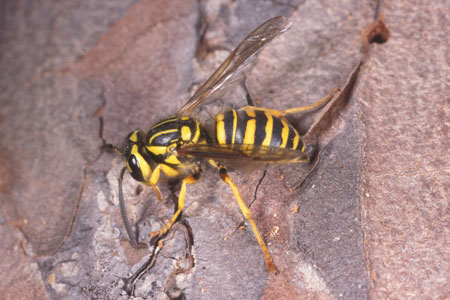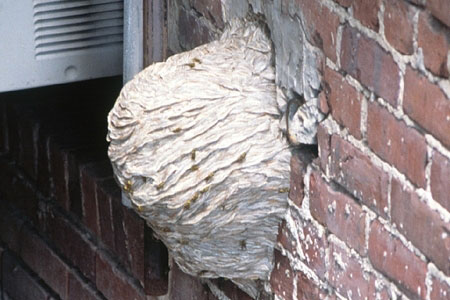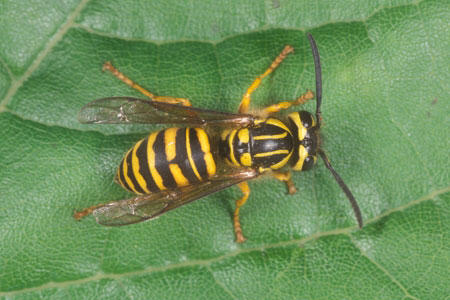Active Seasons




Yellow Jacket Appearance and Size Facts
Yellow jackets, often confused with bees, are distinctive wasps characterized by their black and bright yellow coloration. Unlike bees, yellow jackets have a more pronounced color pattern with bright yellow and black, rather than the yellow-orange hues of honeybees. Yellow jackets are equipped with a smooth stinger and can deliver multiple stings on the same target in quick succession. Their size ranges from 1/2 to 1 inch in length, making them easily recognizable.
Distinguishing Yellow Jackets From Other Bees
What sets yellow jackets apart from bees is their vibrant and contrasting black and yellow coloration, distinct from the softer hues of bees. While similar in appearance, yellow jackets exhibit more aggressive behavior. Their smooth stingers allow for multiple stings, unlike bees that lose their stingers after one use. If you encounter stinging insects with bright yellow and black coloring, especially in social groups, they’re likely yellow jackets.
We service for yellow jackets in the following areas and their surrounding locations:

Behavior and Habitat of Yellow Jackets
Yellow jackets display social behavior with a caste system, including sterile female workers, males, and reproductive female queens. The queen establishes a paper nest, creating layers of comb with wood fiber pulp for egg laying. These wasps build large paper nests in the ground, tree stumps, or structure openings like attics and crawl spaces.
Yellow jacket colonies can house thousands of wasps and forage up to 300 yards for food. While adults mainly feed on plant nectar, they seek protein-based sources, such as insects or human food, to nourish larvae. In the fall, yellow jackets intensify their search for protein before winter.

Signs of Infestation of Yellow Jackets
The best way to identify a yellow jacket infestation is to look for nests. Rapid movement or vibration near their nest triggers guard wasps to release an alarm pheromone, leading to aggressive attacks. With the ability to sting repeatedly without losing their stinger, yellow jacket attacks can be painful and pose severe risks, especially for individuals allergic to wasp venom. For this reason, if you suspect there are yellow jackets on your property, to avoid injury, please call Hulett before you disturb them.

Tips for Prevention of Yellow Jackets
To prevent yellow jacket encounters, remove garbage regularly, ensure trash cans are covered, and maintain screened doors and windows. Additionally, avoid wearing sweet-scented perfumes when outdoors, which can attract and confuse yellow jackets. These preventive measures help minimize opportunities for yellow jackets to establish nests near your living spaces.
Getting Rid of Yellow Jackets
If faced with a yellow jacket infestation, it’s crucial to prioritize professional pest control assistance for effective removal. Hulett Environmental Services offers expert solutions tailored to your specific situation. Our trained professionals assess, address, and eliminate yellow jacket nests.
Effective Yellow Jacket Control Solutions
For reliable yellow jacket control, just Call Hulett. Our eco-conscious methods prioritize the environment while effectively eliminating yellow jacket infestations. Don’t let yellow jackets compromise your well-being—schedule your free professional inspection from Hulett today!



